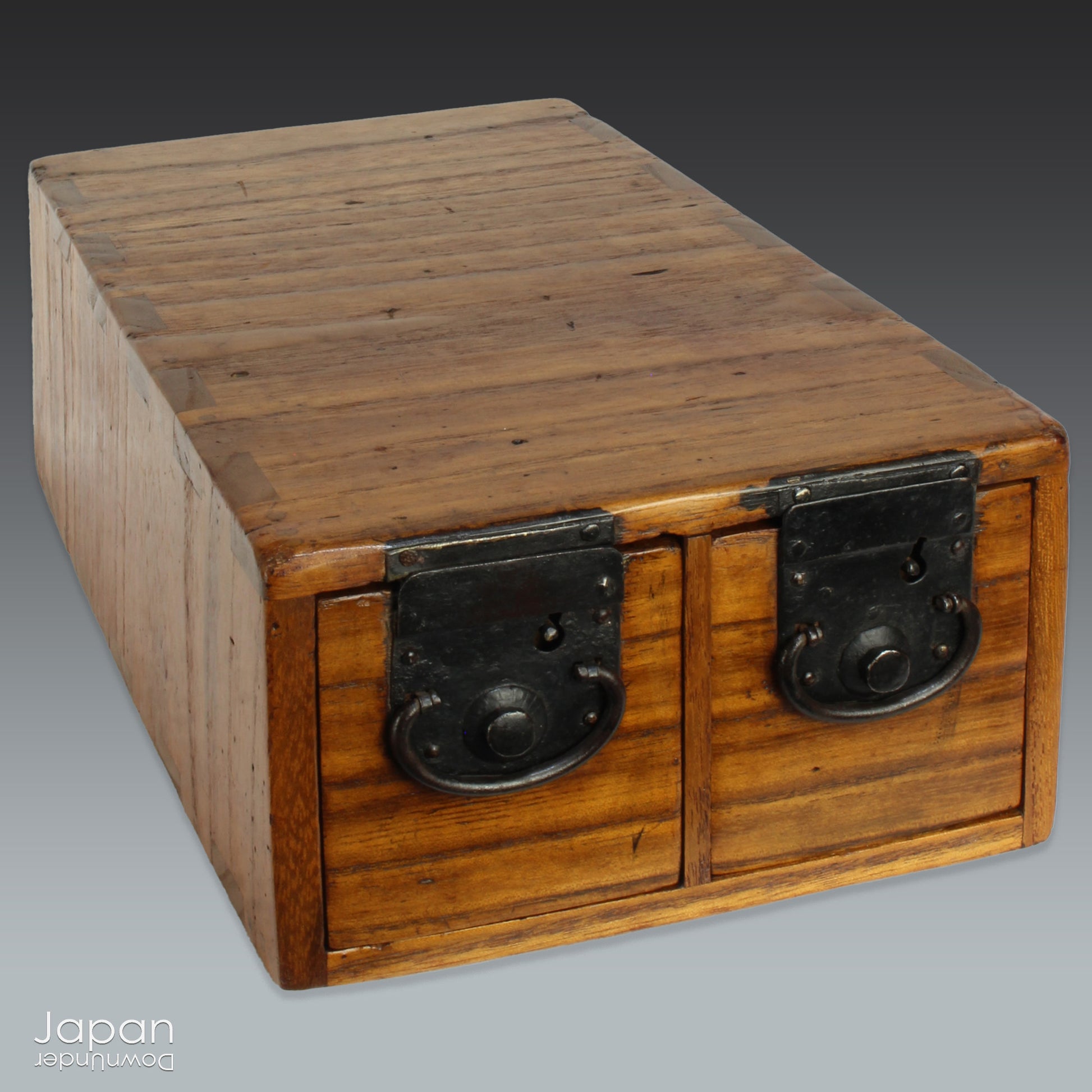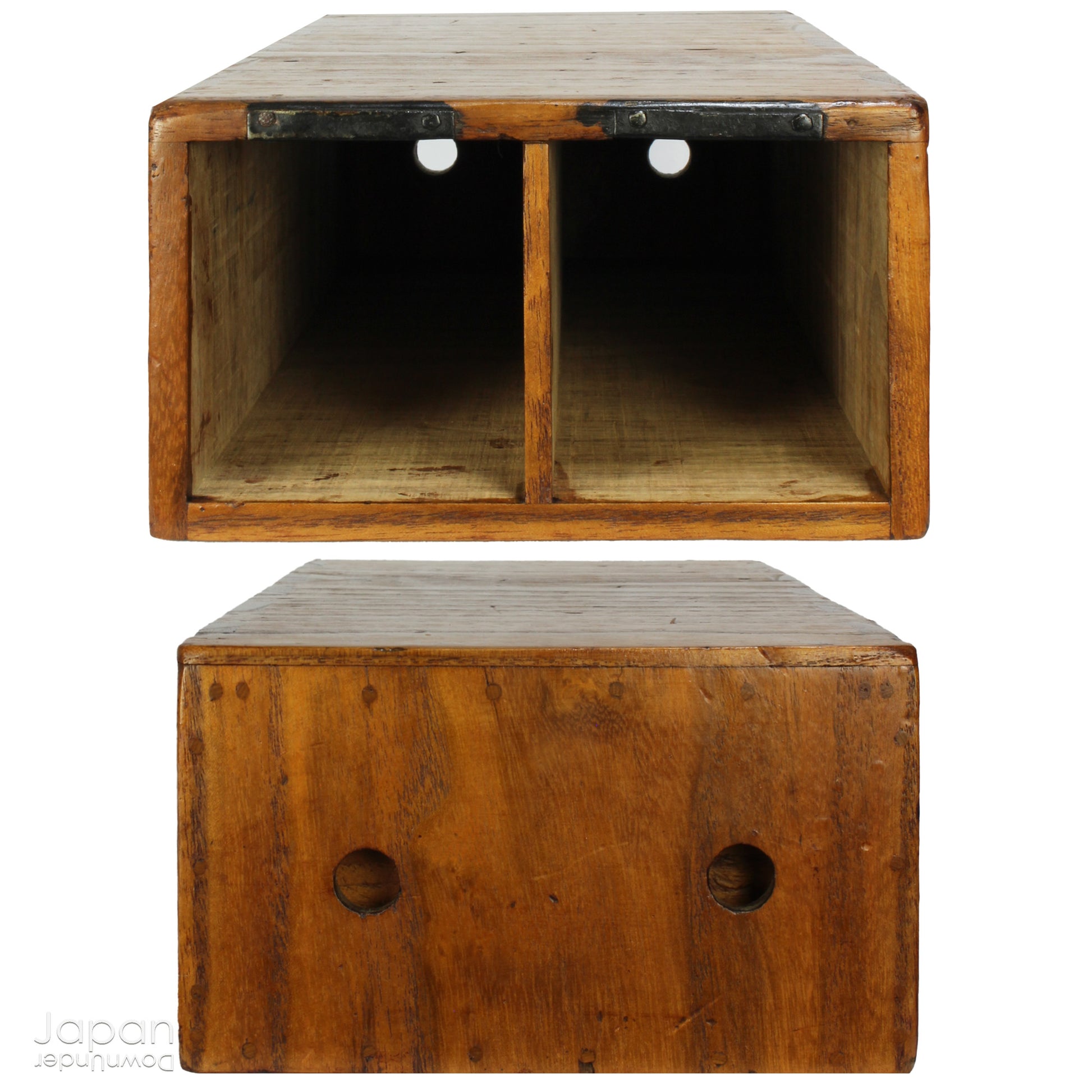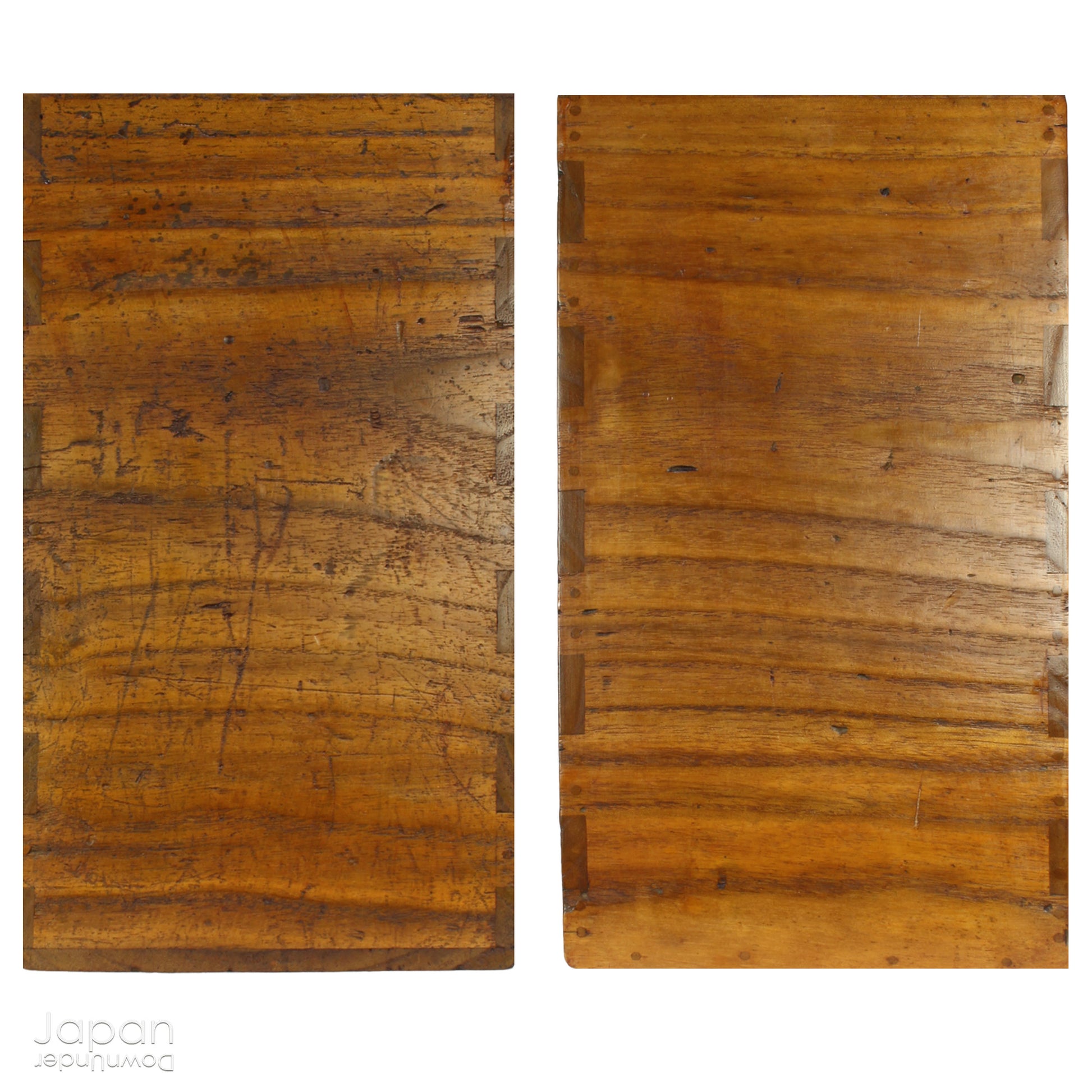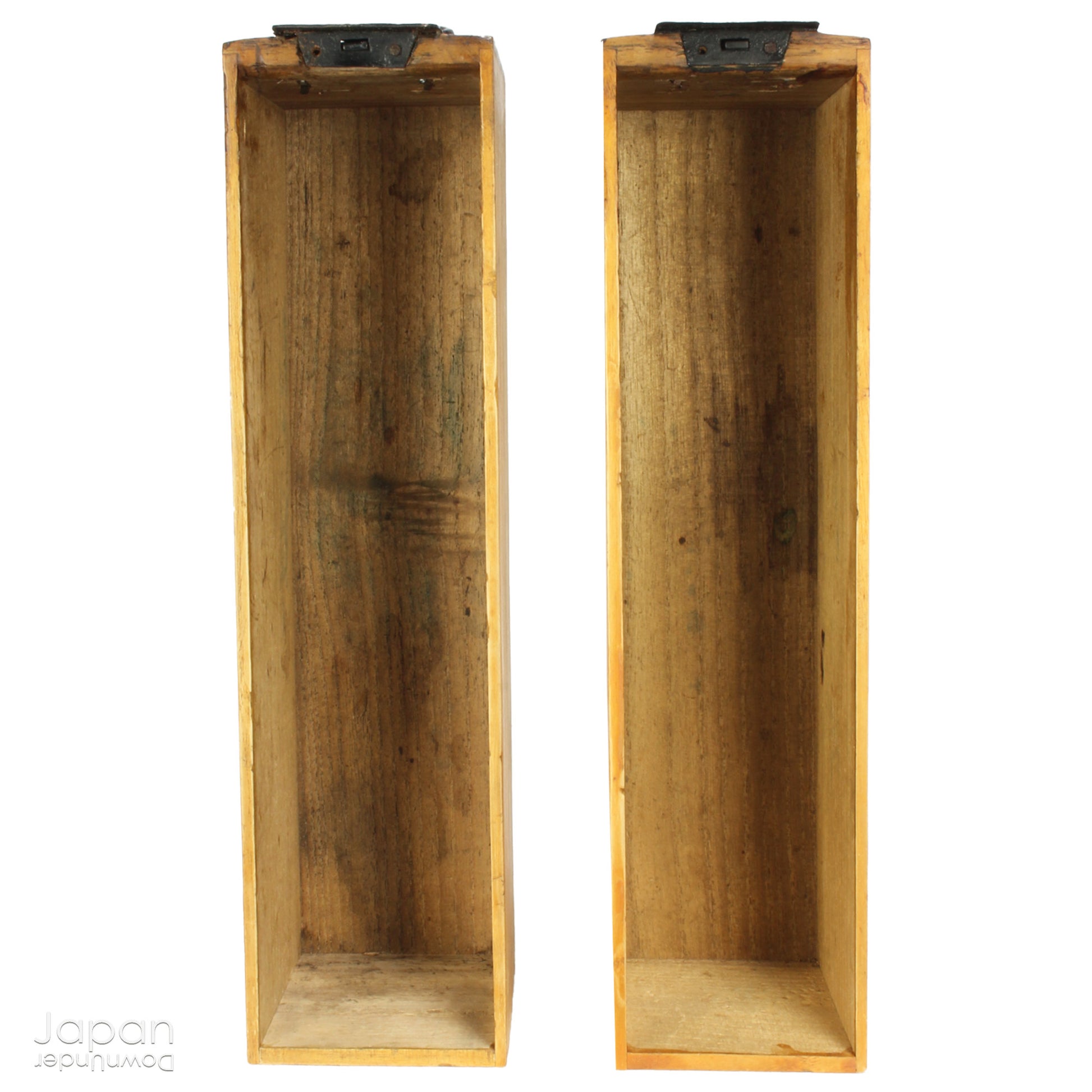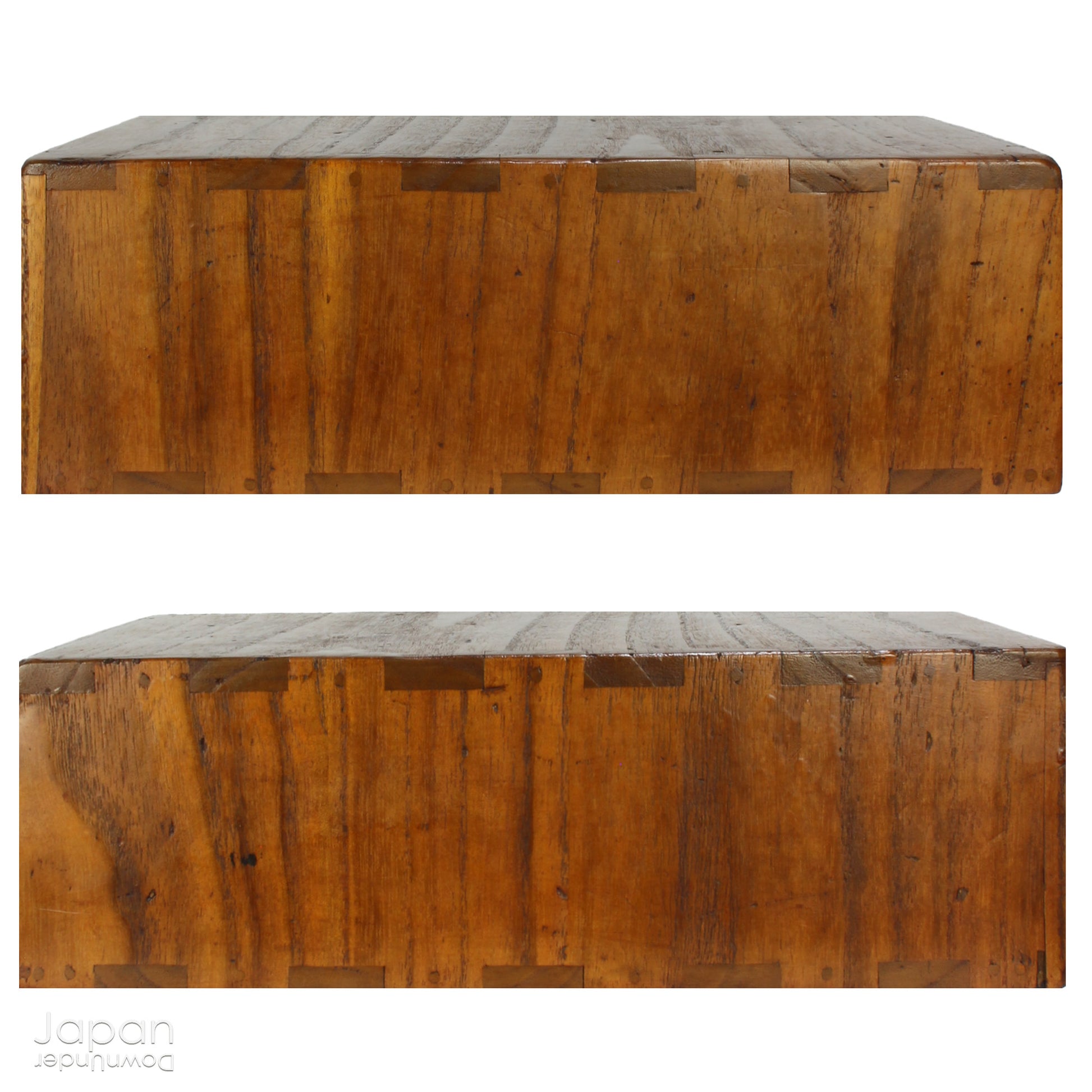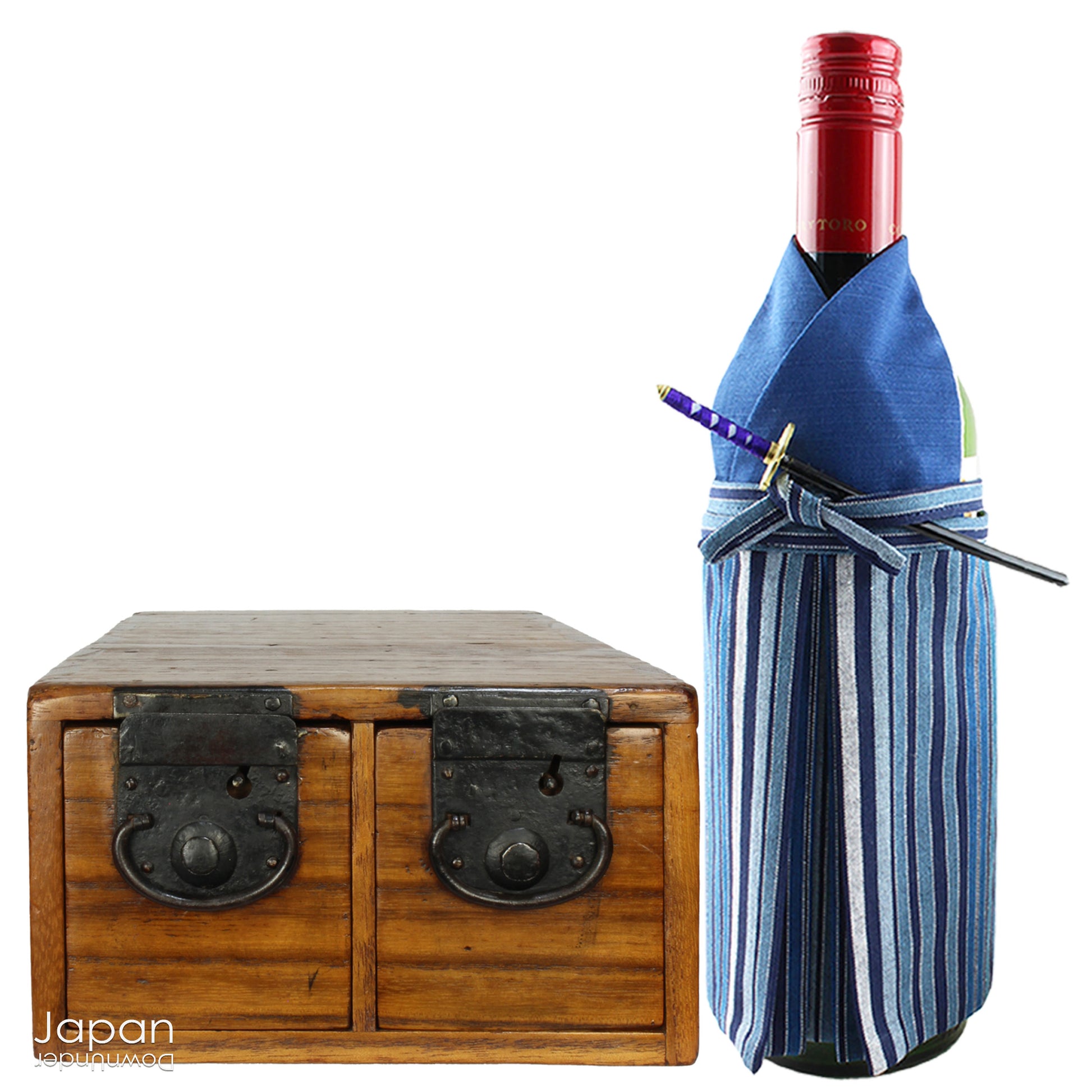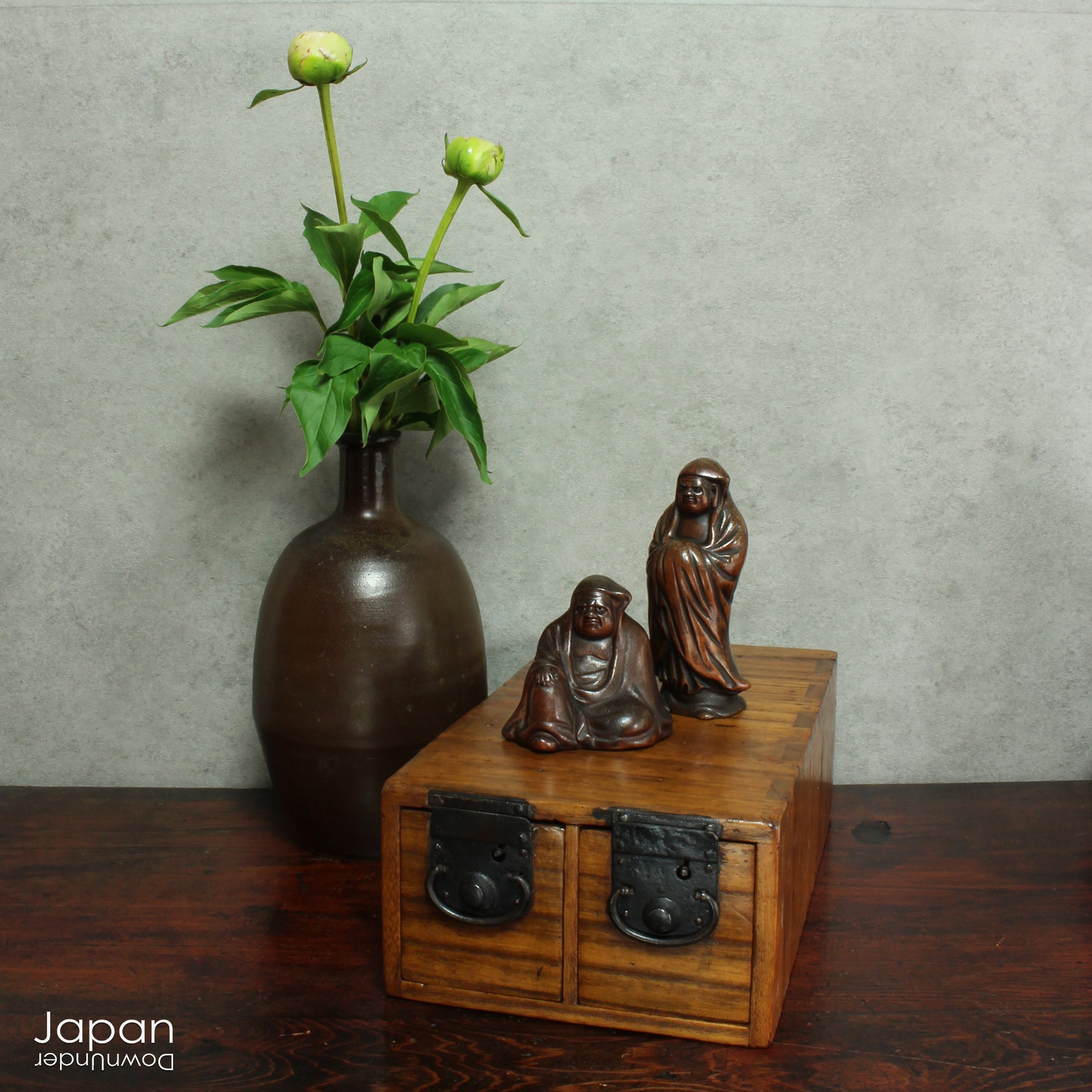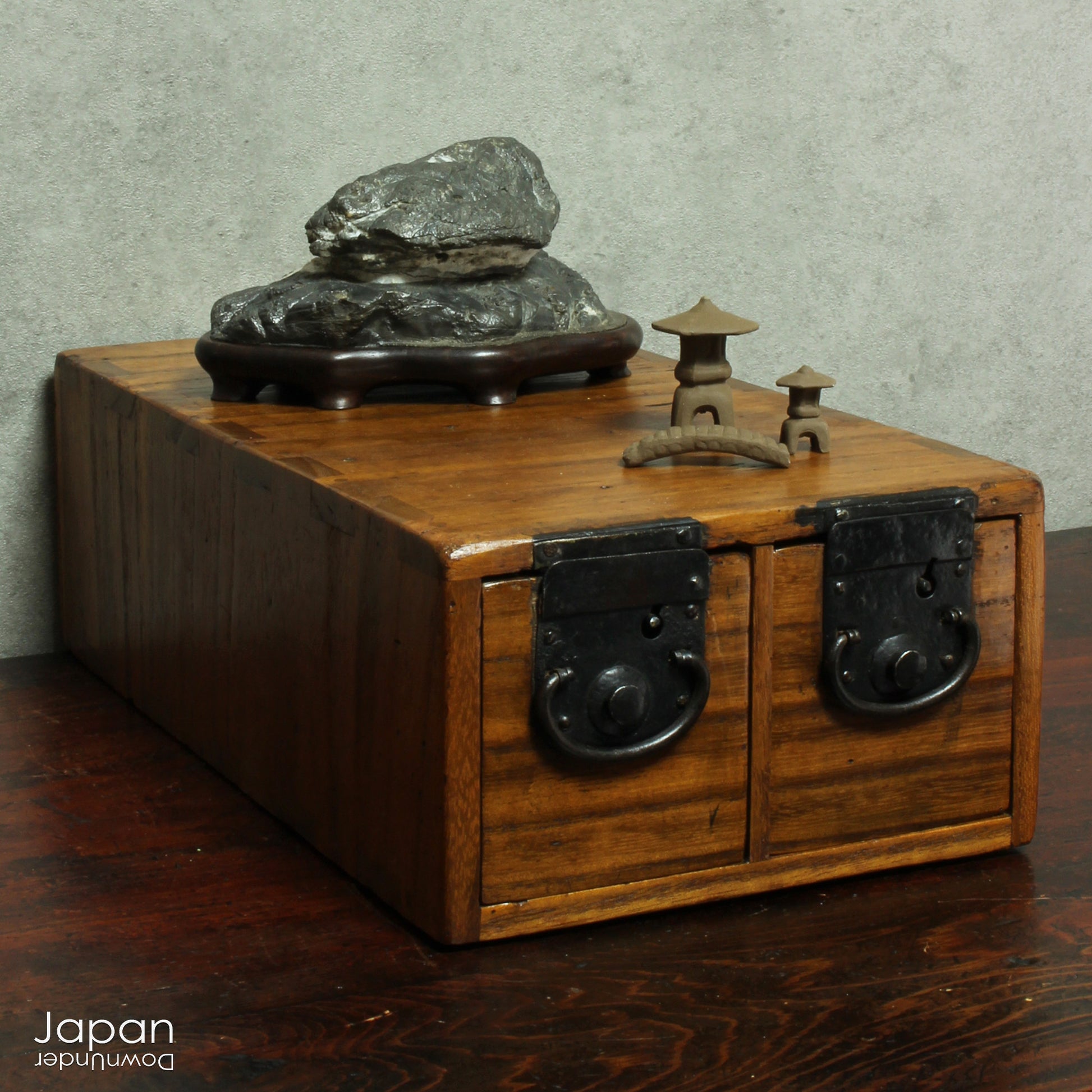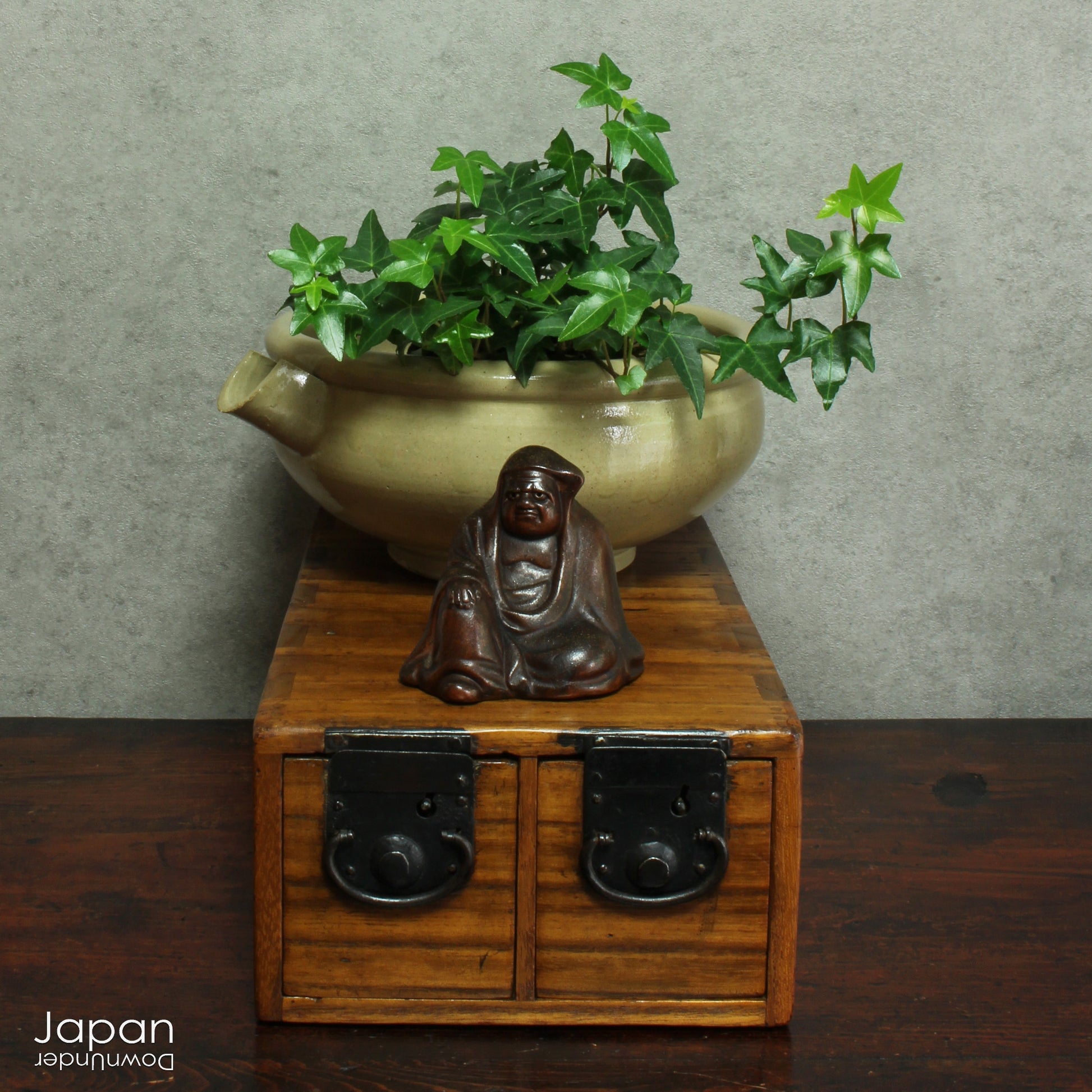JapanDownUnder
vintage japanese medicine box - rustic small storage - desk organizer
vintage japanese medicine box - rustic small storage - desk organizer
Couldn't load pickup availability
Love Japanese Style Like We Do
Add a touch of history and heritage to your desk with this antique Japanese medicine chest - a beautifully rustic piece that blends traditional folk art with everyday functionality. Once used in a centuries-old system of home-based healthcare, this small storage box now offers a unique and charming way to organize your workspace.
This type of chest was part of the okigusuri system, a fascinating method of medicine distribution that began in Japan in the 1680s. In this system, traveling apothecaries filled wooden chests like this one in homes across the country, returning regularly to restock and collect payment for medicines used. The chest reflects the enduring tradition of these practical and culturally significant boxes - a tradition that continues today in modern forms throughout Japan.
Crafted from sturdy Japanese cypress, this folk art box is more robust than typical paulownia wood chests and features a slim, shallow rectangular shape with two spacious drawers. Decorative black metal lock plates adorn the drawer fronts, adding visual interest and historical charm. Though no key is included, drawers can be easily opened with the handle or pushed from the back via two small holes.
The chest’s warm pine tone, natural wood grain, and gently worn surface speak to its age and use, offering a beautiful wabi-sabi aesthetic - celebrating the elegance of imperfection and timeworn character.
Perfect as a desk organizer, it provides deep storage for pens, pencils, and office tools, while the top surface can hold small decorative items or keep essentials within easy reach. Compact yet practical, it’s ideal for those who appreciate design with a story.
A meaningful piece of Japanese folk history, ready to bring character and craftsmanship to any modern space.
- measures around 18.5 cm (7.3”) across x 33 cm (13”) deep x 11 cm (4.3”) tall.
- weighs 900 gm.
(listing for medicine box only)
SHIPPING INFORMATION
- please read our shipping notes in shop announcement.
- we use recycle packaging and wrap for safety, rather than appearance.
ABOUT OUR VINTAGE, ANTIQUE AND OTHER ITEMS
We list pieces we feel are worthy of display. There may be scratches, dents, fading and signs of wear and tear. We try to explain the condition of each item exactly, but may miss something.
Information regarding the item and it’s age is obtained from dealers and our personal research. We do our best to give you the correct information but please be aware that we cannot guarantee this information.
Please message us prior to purchase with any questions you may have about our products.
ABOUT JAPANESE ANTIQUE FURNITURE
The roots of furniture production in Japan were function. Mastery and skill were evident in Japanese antique furniture but it was conceived of need and was more a folk craft than a fine art. Cabinetry craft developed in response to the demand for useful everyday containers, trunks and chests for totally functional purposes and that is where the true beauty of Japanese furniture lies.
The Japanese lived on tatami mats in small houses. Their artistic aesthetic emphasized minimalism and decorative furniture and personal possessions weren’t acquired like in the West. Antique furniture was basically a large range of storage chests from small sewing boxes to very large chests for storing futons.
It was the lower classes, the merchants, artisans and farmers who created the greatest demand for furniture, for use in their homes, shops and farms. Wherever a need existed, a corresponding cabinet or tansu was developed, leading to the vast array of styles, shapes and sizes in Japanese furniture.
In the Edo and Meiji era clothing tansu with drawers for kimono (isho dansu), sewing boxes (hari bako), vanities (kyodai) and cabinets for tea utensils (cha dansu) and crockery (mizuya dansu) were important items in the home. Wooden safes (zeni dansu) guarded valuables in homes and shops. The upper classes, descendants of samurai families, would have had special order sword chests (katana dansu) and writing desks. Those studying Noh had a costume trunk and a small chest of square dressers for storing masks (nomen dansu).
Sea captains had special chests for storing valuables and documents on board (zeni dansu) The village chemist had a medicine chest (kasuri dansu) with many small drawers. The barber had a tall thin chest (dogu bako) for combs , razors and scissors. There was a special chest for those using hand tools (kanagu dogu bako). A merchant had a small box to store name seals (han bako) and a box to store an abacus, ink stone and brushes (suzuribako) for bills and receipts. Lamp oil was delivered in an oil peddler's box (abura gyosho hako).
These are just a sample of the wonderful array of functional Japanese furniture that can still be used today for storing any items relative to your lifestyle, while at the same time, creating a beautiful interior accent and a reminder of days gone by.
MINGEI
Mingei are the tools and utensils that were used daily by the common people in Japan. They were inexpensive, simple and functional. Usually produced by hand, in large quantities, their artists were anonymous. They became representative of the local area where they were produced.
The word Mingei combines “min” meaning common people and “gei” meaning art - the art of the common people. It was coined by the Japanese philosopher Sōetsu Yanagi. He found beauty in ordinary crafts for daily use and argued that true beauty could be found only in the objects made by unknown people, in a spirit of selfless innocence and in close harmony with nature.
Share










